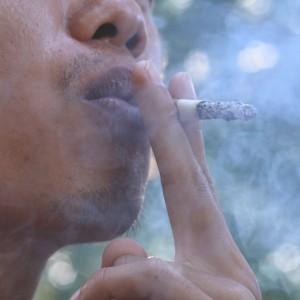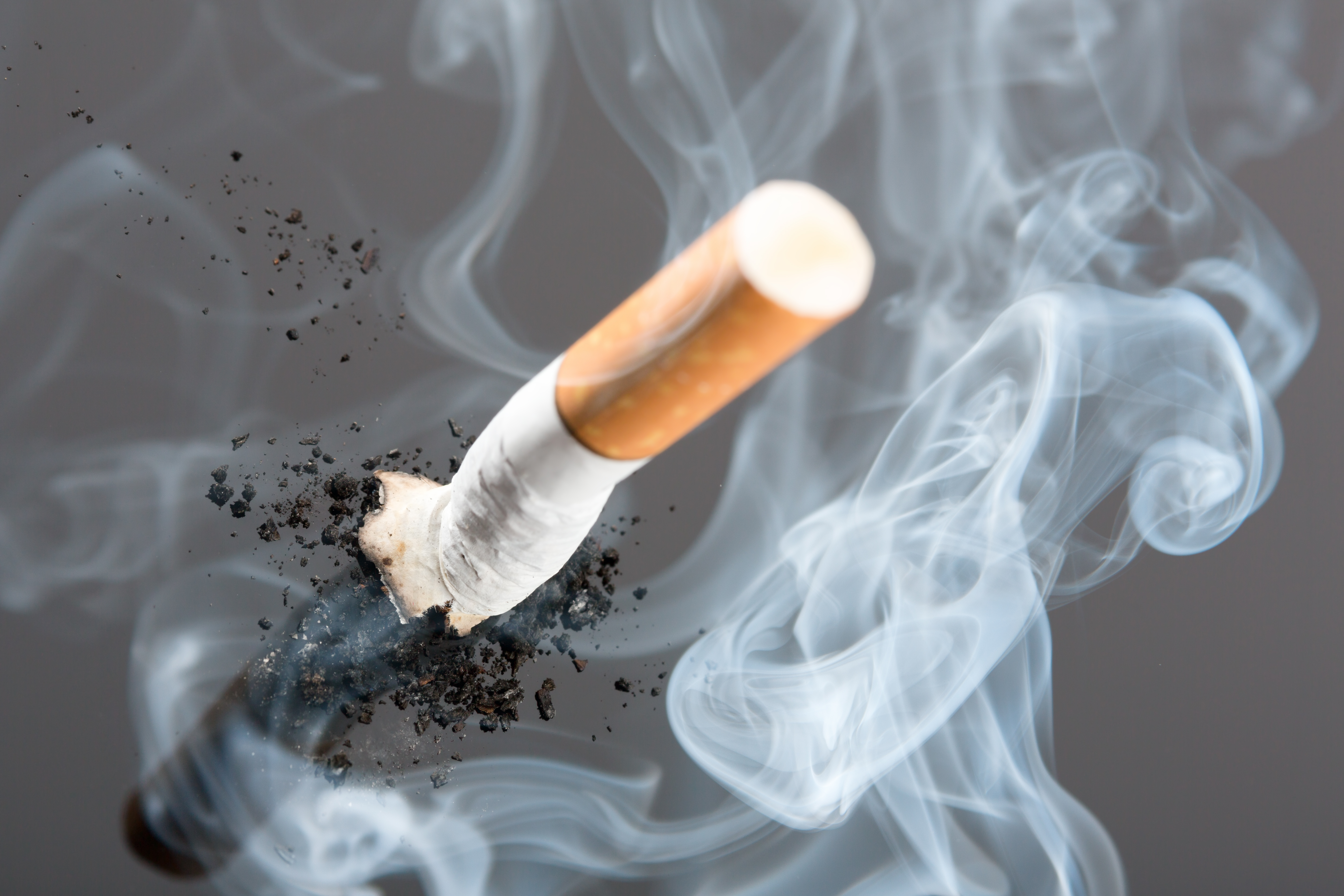 April is National Minority Health Month, in order to increase awareness regarding health disparities that affect minority populations. Smoking in particular is one of the most significant health issues among racial and ethnic minorities. The New York City Treats Tobacco (NYCTT) project used this month’s theme to call attention in a news release to increasing smoking rates and marketing strategies directed at minorities.
April is National Minority Health Month, in order to increase awareness regarding health disparities that affect minority populations. Smoking in particular is one of the most significant health issues among racial and ethnic minorities. The New York City Treats Tobacco (NYCTT) project used this month’s theme to call attention in a news release to increasing smoking rates and marketing strategies directed at minorities.
NYCTT is an initiative led by the NYU School of Medicine, Department of Population Health, with the goal of supporting healthcare organizations in the implementation of policies and changes to guarantee that individuals are routinely screened for tobacco use and that all smokers are provided with the option of treatment for nicotine dependence.
According to NYCTT, tobacco use is the main cause of preventable morbidity and mortality, leading to 25,000 deaths in the New York State every year. More than 70% of tobacco users are estimated to visit a healthcare service every year, providing an excellent opportunity to intervene in terms of tobacco use treatment and prevention. The healthcare costs associated to smokers are estimated to be 30% higher in comparison to non-smokers, emphasizing the importance of reducing tobacco use and the burden of tobacco-related diseases in the population.
New York City has seen an increase in smoking rates in the last few years, especially among underserved communities. In the 2013 NYC Community Health Survey, while the citywide average of smokers was 16%, Black and non-Hispanic individuals were found to have a rate of 25% in East and Central Harlem, 21% in South Bronx and 18% in North and Central Brooklyn.
[adrotate group=”10″]
“For decades, tobacco companies have targeted communities of color through marketing. A 2007 public health study found that there were 2.6 times more tobacco advertisements per person in areas with an African-American majority compared to white-majority areas,” according to NYCTT experts. Apart from the strong marketing in economically disadvantaged color communities, studies have shown that the higher smoking rate in these communities is also the result of socioeconomic factors, like poverty and lack of access to proper quality education and healthcare services.
Smoking is estimated to be the cause of around 30% of all cancer deaths and to increase the risk of at least 16 different types of cancer. In the United States, racial and ethnic minorities are known to succumb to cancer at higher rates in comparison to white individuals, where the overall cancer death rate among African-American men is 27% higher than in white men and 11% higher in African-American women compared to white women.
“Disparities in smoking rates are driving health outcome inequalities for some of the most underserved communities in NYC,” said Dr. Donna Shelley, Vice-Chair for Research, Department of Population Health at NYU School of Medicine.
“At NYC Treats Tobacco, we are committed to ending health disparities. We are working with healthcare organizations to improve tobacco cessation access for at-risk populations, including people in underserved communities. We encourage local New York City media outlets to draw attention to smoking-related health disparities in order to raise awareness in the communities they serve. We have physician experts available to speak about these issues,” concluded the NYCTT.

